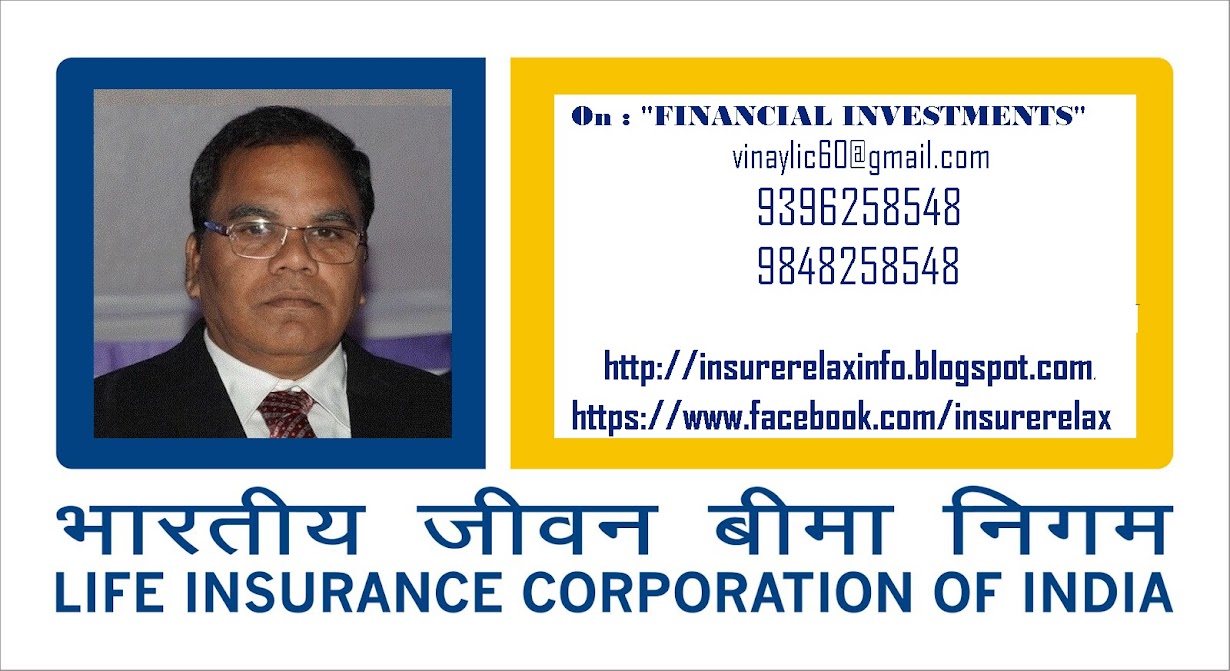NEW DELHI: The government is likely to take a call on appointment of full-time LIC chief within next 10 days.
The decision on the probable LIC Chairman is expected to be taken by next week by the selection panel, sources said.
The post is lying vacant following the completion of five-year term of T S Vijayan in May this year. As the interim arrangement, the government appointed Additional Secretary Rakesh Singh as Chairman and subsequently D K Mehrotra, incumbent managing director to head the country’s largest insurer.
A selection panel headed by Department of Economic Affairs Secretary R Gopalan had called four probable candidates for discussion in June. But the panel could not decide as two of the contenders did not had CVC clearance.
In absence of CVC clearance, the panel deferred the selection process.
According to sources, the shortlisted candidates for the chairman post include the current acting chairman of LIC D K Mehrotra, managing director of LIC Thomas Mathew and three executive directors, namely A K Sahoo, T T Mathew and K B Saha.
As per tradition, one of the managing directors of LIC is designated as chairman.
Mehrotra joined LIC as a Direct Recruit Officer in 1977. In his 34 years’ career, Mehrotra has occupied several pivotal positions spanning three zones and the corporate offices.
The government owns 100 per cent in the life insurance firm.

The decision on the probable LIC Chairman is expected to be taken by next week by the selection panel, sources said.
The post is lying vacant following the completion of five-year term of T S Vijayan in May this year. As the interim arrangement, the government appointed Additional Secretary Rakesh Singh as Chairman and subsequently D K Mehrotra, incumbent managing director to head the country’s largest insurer.
A selection panel headed by Department of Economic Affairs Secretary R Gopalan had called four probable candidates for discussion in June. But the panel could not decide as two of the contenders did not had CVC clearance.
In absence of CVC clearance, the panel deferred the selection process.
According to sources, the shortlisted candidates for the chairman post include the current acting chairman of LIC D K Mehrotra, managing director of LIC Thomas Mathew and three executive directors, namely A K Sahoo, T T Mathew and K B Saha.
As per tradition, one of the managing directors of LIC is designated as chairman.
Mehrotra joined LIC as a Direct Recruit Officer in 1977. In his 34 years’ career, Mehrotra has occupied several pivotal positions spanning three zones and the corporate offices.
The government owns 100 per cent in the life insurance firm.




